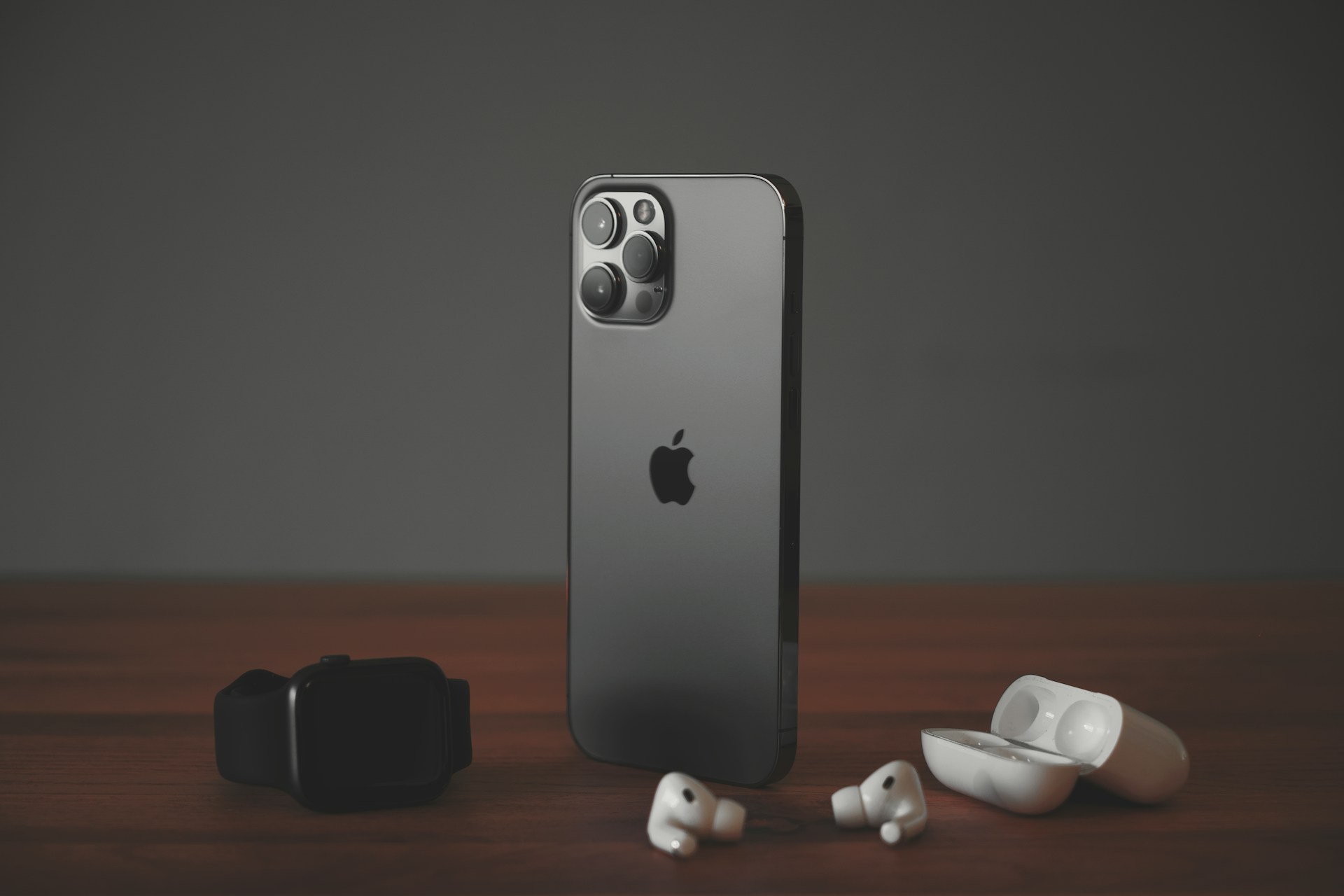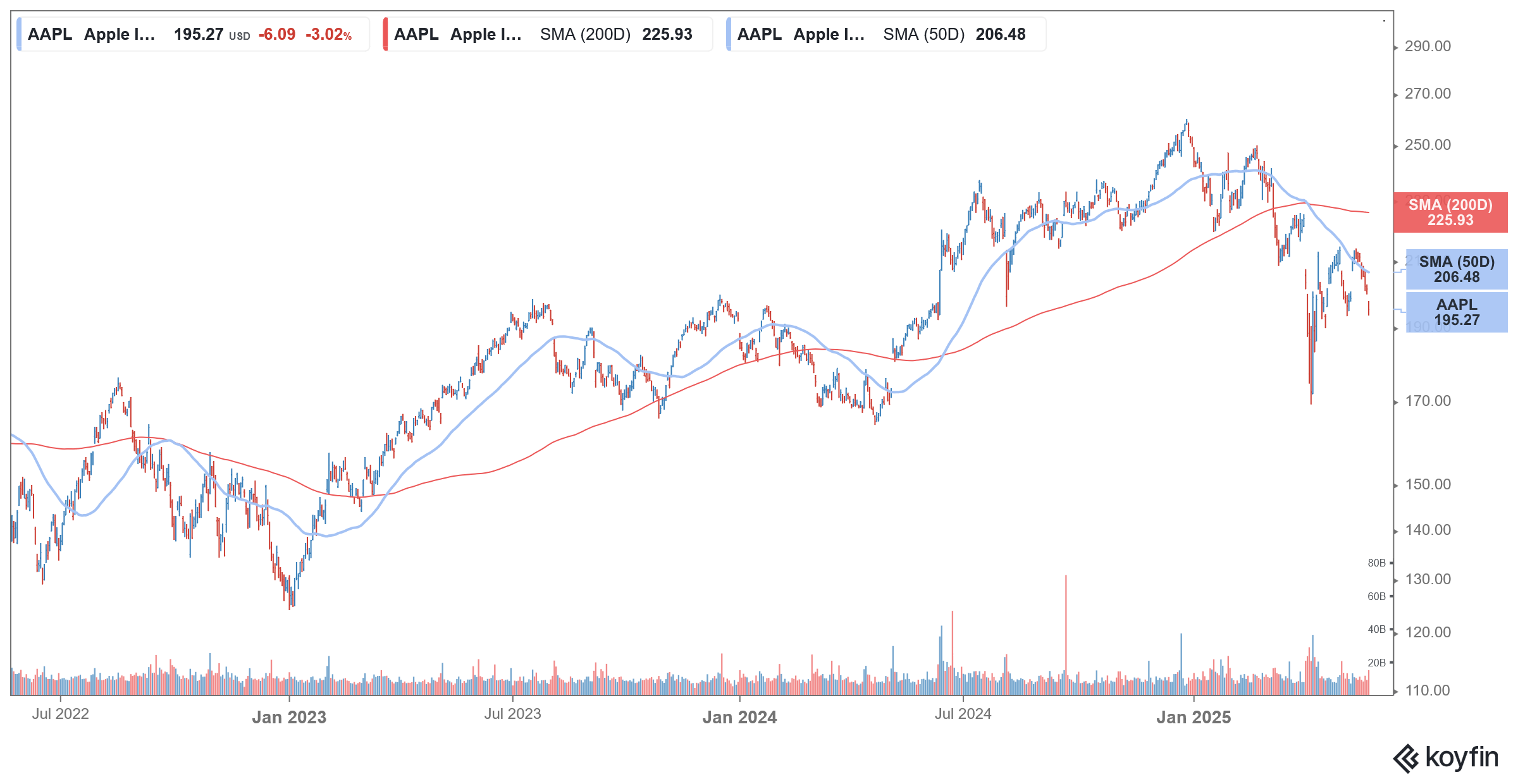
OpenAI is looking to foray into the hardware space with its $6.4 billion acquisition of io Products, which was founded by iPhone designer Jony Ive last year. Gene Munster of Deepwater Asset Management believes the move could be a bigger risk for Google than Apple.
In a post on X, the famed analyst wrote, “Tech shifts like the internet, the smartphone, and AI only happen once in a generation. OpenAI is catalyzing this shift into something tangible.” He added, “Before AI, there was no real threat to Apple’s or Google’s business. The emergence of AI, led by OpenAI, has created the first serious threat in 20 years.”
OpenAI’s hardware entry is a risk for incumbents
While OpenAI hasn’t provided many details on the hardware product that it will produce, it is expected to be a computing platform that helps users better engage with AI. With smartphone and PC companies also offering AI products, OpenAI’s upcoming product might compete with OEMs like Apple and Samsung.
Munster, meanwhile, believes that OpenAI’s upcoming product would be a greater threat to Google than Apple. “If successful, the products collectively could equal a few hundred million units a year, compared to the iPhone at just over 200m. Apple’s core business will likely not be threatened, given Ive’s vision appears to sit alongside of and beyond the Mac and the iPhone,” said Munster in a blog.
He added on X, “Apple is locked in with what I estimate to be 1.7B users and 2.35B active devices. That means each Apple user owns about 1.4 devices. It is going to take more than a great phone from OpenAI to get Apple users to walk away from a decade of investment in hardware and services.”
Munster believes Google’s “ecosystem lock-in” is not as strong as Apple which puts the company at a bigger risk.
Trump warns Apple of tariffs
Meanwhile, US President Donald Trump has warned Apple of a 25% tariff if it does not produce its products in the US. “I have long ago informed Tim Cook of Apple that I expect their iPhone’s that will be sold in the United States of America will be manufactured and built in the United States, not India, or anyplace else. If that is not the case, a Tariff of at least 25% must be paid by Apple to the U.S.,” said Trump on Truth Social.
Notably, after Trump slapped prohibitive tariffs of 145% on China, Apple rejigged its supply chain. During the most recent earnings call, it said that it would now source iPhones for sales into the US primarily from India while relying on Vietnam for other products like Macs and iPads. However, Trump has been warning Apple against moving production from China to India.
Speaking with reporters on Friday, Trump said, “I had an understanding with Tim that he wouldn’t be doing this. He said he’s going to India to build plants. I said that’s okay to go to India, but you’re not going to sell into here without tariffs. And that’s the way it is,” Trump said.
Analysts don’t expect Apple to start producing the iPhone in the US anytime soon, pointing to the high costs associated with manufacturing in the US. Dan Ives of Wedbush, for instance, forecasts that the iPhone price would rise threefold to around $3,500 if it is produced in the US.
Companies might need to raise costs to offset tariffs
Notably, companies like Apple would need to raise product prices and pass on the tariffs to customers. Alternatively, they would need to absorb them – either fully or partially. Companies would be hard pressed between the two options and risk losing some sales or taking a hit on their margins.
Amazon was planning to display the cost of tariffs on its platform, but dropped that idea after backlash from the Trump administration. However, retailers like Walmart have warned of price hikes while Nike recently announced a price hike without specifically apportioning these on the tariffs.
Meanwhile, in a major relief, the US and China reached an understanding on cutting tariffs after a meeting between the two sides in Geneva earlier this month. As part of the agreement, the “reciprocal tariffs” that both countries imposed on each other last month would be slashed to 10%. However, the fentanyl-related tariff of 20% that President Donald Trump announced well ahead of the reciprocal tariffs on April 2 would still remain in place.
This would mean that Chinese imports into the US will attract a tariff of 30%. While that might seem high, it is significantly below the 145% tariff that Chinese products were subject to prior to the agreement. The current tariff regime would be in place for 90 days, during which time the two sides would negotiate a wider trade deal.
Apple lost its market-leading position in China
While the tariff uncertainty in the US is a headwind for Apple, the company is also facing challenges elsewhere. AAPL has been gradually losing market share in China as domestic smartphone companies, especially Huawei, whose business suffered a near-death blow due to the US sanctions, have come up with attractive offerings. Last year, Apple lost its market-leading position in the Chinese smartphone market to Vivo.
Growing US-China tensions are a potential risk for Apple investors. US-China relations, which were already at the lowest level in decades, deteriorated further amid the trade war.
In the past, Apple has faced boycott calls in China. However, it downplayed the risks and said that it did not have a material impact on sales.
For now, though, investors’ apprehension towards Apple is reflected in its price action, and the share is down 22% for the year, which is higher than all its “Magnificent 7” peers.


Question & Answers (0)